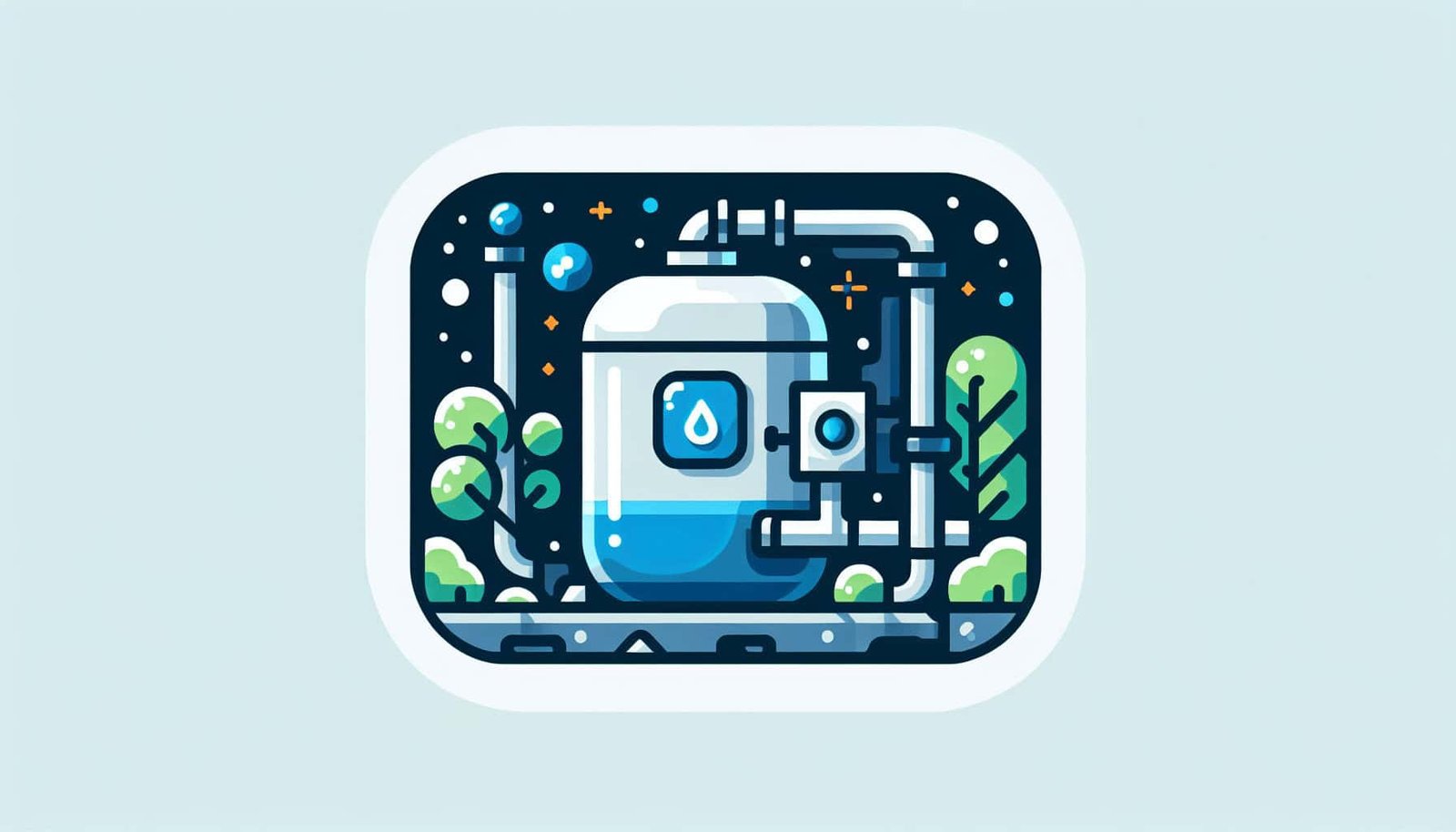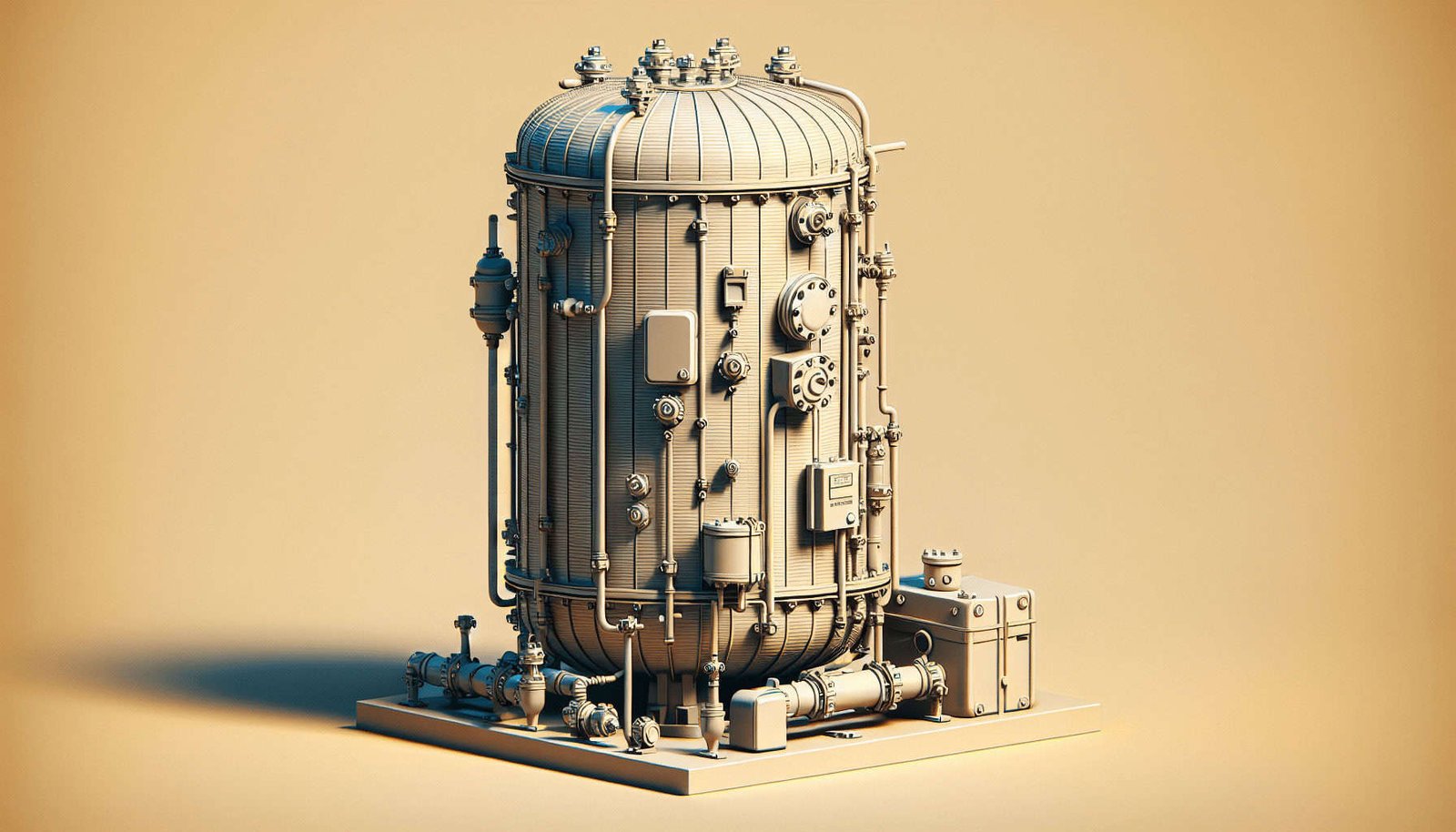When it comes to ensuring well water safety during well water pressure tank maintenance measures, there are a few important steps you should take. Taking these precautions can help you avoid potential hazards and ensure that your well water remains clean and safe for use. By following these guidelines, you can maintain the integrity of your well water system and safeguard the health and well-being of yourself and your loved ones.
Understanding the importance of well water safety
The significance of maintaining well water safety
When it comes to ensuring the safety of your well water, there are several important factors to consider. Well water is a primary source of drinking water for many households, making it crucial to prioritize its cleanliness and purity. Regular maintenance and testing of your well water can help identify any potential risks or contaminants, ensuring the health and well-being of you and your family.
Potential risks associated with neglecting well water safety
Neglecting well water safety can lead to a range of potential risks. Contaminants such as bacteria, viruses, and chemicals can seep into the water supply, posing a threat to your health. Additionally, a malfunctioning pressure tank can cause issues with water pressure, leading to challenges with basic functions like showering, cooking, and cleaning. By ignoring the importance of well water safety, you run the risk of compromising both the quality and functionality of your water supply.
Performing regular well water testing
Importance of testing well water regularly
Regular testing of your well water is crucial to ensuring its safety. By testing for contaminants such as bacteria, viruses, and chemicals, you can identify any potential risks and take appropriate action to address them. Routine testing also allows you to monitor the overall quality of your water and make any necessary adjustments to maintain its purity. By staying proactive with your testing, you can enjoy peace of mind knowing that your well water is safe and healthy for consumption.
Choosing the appropriate well water testing methods
There are various methods available for testing your well water, including do-it-yourself testing kits or hiring a professional laboratory. DIY testing kits are convenient and affordable, allowing you to collect samples and conduct basic tests yourself. However, for more comprehensive and accurate results, it is recommended to consult a professional laboratory. They have access to specialized equipment and expertise to provide a thorough analysis of your well water, ensuring reliable and precise results.

Maintaining proper well water pressure
Understanding the role of well water pressure tanks
Well water pressure tanks play a crucial role in maintaining water pressure within your system. These tanks store water under pressure, allowing for a steady and constant flow of water throughout your home. Without a properly functioning pressure tank, you may experience fluctuations in water pressure, affecting your daily activities and potentially causing inconvenience.
Signs of a malfunctioning pressure tank
It is important to be aware of the signs indicating a malfunctioning pressure tank. These can include fluctuations in water pressure, frequent cycling of the pump, a decrease in water pressure over time, or noticeable leaks around the tank. If you notice any of these signs, it may be an indication that your pressure tank requires maintenance or repair.
Importance of maintaining proper pressure
Maintaining proper well water pressure is essential for the effective and efficient operation of your water system. Inadequate pressure can result in inefficient water flow, making basic tasks like showering or using appliances difficult. Additionally, fluctuating or low pressure can be a sign of an underlying issue with your well or pressure tank. By ensuring proper pressure, you can optimize the functionality of your water system and avoid any potential problems.
Preparing for well water pressure tank maintenance
Tools and equipment needed for maintenance
Before starting any maintenance tasks on your well water pressure tank, it is important to gather the necessary tools and equipment. This may include basic hand tools such as wrenches, screwdrivers, and pliers, as well as any specific tools recommended by the tank manufacturer. It is always a good idea to consult the tank’s user manual or reach out to a professional for guidance on the appropriate tools needed for maintenance.
Obtaining necessary permits or licenses
In some areas, permits or licenses may be required for conducting maintenance on well water systems. These regulations are in place to ensure the safety and integrity of the well water supply. Before proceeding with any maintenance tasks, it is important to check with your local authorities or water department to determine if any permits or licenses are necessary. Failure to comply with these regulations can result in fines or other penalties.
Planning and scheduling maintenance
Proper planning and scheduling of well water pressure tank maintenance are essential for a smooth and efficient process. Consider the timing of your maintenance tasks, ensuring they do not interfere with your daily water usage needs. Also, take into account any external factors such as weather conditions or holidays that may affect the availability of professional assistance or supplies. By planning and scheduling in advance, you can minimize any disruptions to your water supply during the maintenance process.

Ensuring personal safety during maintenance
Wearing appropriate protective gear
During well water pressure tank maintenance, it is crucial to prioritize your personal safety. This includes wearing appropriate protective gear such as gloves, safety glasses, and sturdy footwear. These protective measures can help prevent injuries from sharp edges, chemical splashes, or other potential hazards that may be encountered during maintenance tasks.
Taking necessary precautions to avoid accidents or injuries
In addition to wearing protective gear, it is important to take necessary precautions to avoid accidents or injuries. This includes ensuring the power supply to the well pump is turned off before starting any maintenance tasks, as well as properly securing the tank to prevent any accidental movement or falling. Additionally, be mindful of your surroundings and work in a well-ventilated area to minimize potential risks.
Properly shutting off the well water system
Turning off the well pump and electrical supply
Before beginning any maintenance on the well water pressure tank, it is important to turn off the well pump and the electrical supply. This ensures that there is no water flow or electrical power running through the system, minimizing any potential hazards. It is recommended to consult the tank’s user manual or reach out to a professional for detailed instructions on how to safely shut off the well pump and electrical supply.
Draining water from the pressure tank
Once the well pump and electrical supply are turned off, the next step is draining the water from the pressure tank. This can be done by opening a faucet or valve connected to the tank to release the pressure and allow for the drainage of water. Ensure that all water has been drained from the tank before proceeding with any further maintenance tasks.
Taking precautions to prevent system activation
While performing maintenance on the well water pressure tank, it is important to take precautions to prevent accidental system activation. This can be achieved by securely disconnecting any power sources or switches that control the well pump, ensuring there is no chance of the system being activated while maintenance tasks are being conducted. Safety should always be a priority when working with well water systems.

Cleaning and sanitizing the well water pressure tank
Emptying the pressure tank and removing any sediment
To clean and sanitize the well water pressure tank, it is crucial to start by emptying the tank completely. This involves draining any remaining water and removing any sediment or debris that may have accumulated over time. Thoroughly inspect the tank for any signs of sediment or contaminants and clean it out using appropriate tools and cleaning solutions.
Using appropriate cleaning solutions
When cleaning the well water pressure tank, it is important to use appropriate cleaning solutions that are safe for use with potable water systems. Avoid using harsh chemicals or cleaners that may leave residues or introduce harmful substances into the water supply. Consult the tank’s user manual or reach out to a professional for guidance on the recommended cleaning solutions to use for your specific tank.
Disinfecting the tank to eliminate bacteria and contaminants
Once the tank has been emptied and cleaned, it is important to disinfect it thoroughly to eliminate any bacteria or contaminants that may be present. This can be done by using a proper disinfection solution recommended for well water systems. Follow the instructions provided by the disinfection solution manufacturer and ensure that the tank is properly disinfected before proceeding with any further maintenance or repressurization.
Inspecting and repairing the pressure tank components
Checking the tank’s pressure switch and valves
During the maintenance process, it is crucial to inspect the pressure tank components for any signs of wear, leaks, or damage. This includes checking the tank’s pressure switch and valves for proper functioning. Ensure that the switch is set at the appropriate pressure level and that the valves are not leaking or showing any signs of corrosion. If any issues are identified, it is recommended to consult a professional for further inspection and repair.
Inspecting for any leaks or damages
In addition to checking the pressure switch and valves, it is important to inspect the entire pressure tank for any leaks or damages. Look for signs of water leakage, rust, or other visible damage that may compromise the integrity of the tank. If any leaks or damages are detected, it is advisable to consult a professional for further assessment and repair.
Replacing faulty or worn-out components
If any components of the pressure tank are found to be faulty or worn out during the inspection, it is crucial to replace them promptly. This may include replacing damaged valves, a malfunctioning pressure switch, or any other components that are essential for the proper functioning of the tank. It is recommended to consult a professional or the tank’s manufacturer for guidance on finding suitable replacement parts and ensuring they are installed correctly.

Refilling and pressurizing the well water system
Refilling the pressure tank with clean water
Once the necessary repairs or replacements have been made, it is time to refill the pressure tank with clean water. Ensure that the water used for refilling is from a safe and reliable source, such as a municipal water supply or well water that has been tested and certified as potable. Slowly fill the tank to the appropriate level, taking care to monitor the water flow and avoid overfilling.
Repressurizing the system to the appropriate level
After refilling the pressure tank, it is essential to repressurize the well water system to the appropriate level. This can be done by turning on the well pump and slowly adjusting the pressure settings to the recommended level. Monitor the system closely during this process to ensure that the pressure is stable and within the desired range. If any issues or fluctuations are noticed, it is advisable to consult a professional for further assistance.
Testing the well water after maintenance
Conducting post-maintenance well water tests
Once the maintenance tasks are complete and the well water system has been refilled and pressurized, it is crucial to conduct post-maintenance tests to ensure the water quality and safety. This can be done by collecting water samples and testing for common contaminants such as bacteria, viruses, and chemicals. Compare the results with the pre-maintenance tests to ensure that any issues have been effectively addressed and that the well water is safe for consumption.
Ensuring water quality and safety
The ultimate goal of well water maintenance is to ensure the quality and safety of the water supply. By conducting regular testing, maintaining proper pressure, and adhering to proper maintenance procedures, you can minimize the risks associated with well water contamination. Remember to schedule routine maintenance tasks, stay proactive with testing, and seek professional assistance whenever necessary to keep your well water safe and healthy for you and your family.

